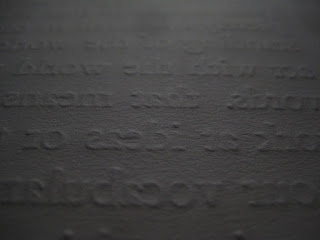i've added a few songs to the right, which may add or subtract from the experience of viewing these fine summery photos.





a photographic inquiry into forgotten places







 i like shooting in between buildings. it feels compositional to me- the different shades of black and white, the geometric dimensions, the sense of position within the space, and the lack of direct light makes you really notice light when you see it. in a sense, photography is about finding light.
i like shooting in between buildings. it feels compositional to me- the different shades of black and white, the geometric dimensions, the sense of position within the space, and the lack of direct light makes you really notice light when you see it. in a sense, photography is about finding light.  the black triangle at the top left is important, i think, in situating the viewer. it puts the building into some perspective, and also balances its angles and colors.
the black triangle at the top left is important, i think, in situating the viewer. it puts the building into some perspective, and also balances its angles and colors.  i'm not sure how successful this shot is... it looks better close up. i do like how the ladder is in focus and straight, but the background is off-kilter and off balance.
i'm not sure how successful this shot is... it looks better close up. i do like how the ladder is in focus and straight, but the background is off-kilter and off balance. 






 finally, I have the internet at my apartment!
finally, I have the internet at my apartment!  I just returned from a heavily-caffeinated weekend at the World Barista Competition and Coffee Conference in Atlanta. An interesting mix of people showed up, most falling somewhere in between the lazily cool baristas with big glasses and conglomo-coffee guys with those silly blue tooth things in their ears. Oh yeah, and lots of internationals came out. I got to charlar with some Hondureños and Guatemaltecos about their coffee.
I just returned from a heavily-caffeinated weekend at the World Barista Competition and Coffee Conference in Atlanta. An interesting mix of people showed up, most falling somewhere in between the lazily cool baristas with big glasses and conglomo-coffee guys with those silly blue tooth things in their ears. Oh yeah, and lots of internationals came out. I got to charlar with some Hondureños and Guatemaltecos about their coffee.
 The coloration above is called tiger-striping, and it shows a certain dynamic between the water and coffee, like they are humming in unison. It makes me think of fireworks.
The coloration above is called tiger-striping, and it shows a certain dynamic between the water and coffee, like they are humming in unison. It makes me think of fireworks.












